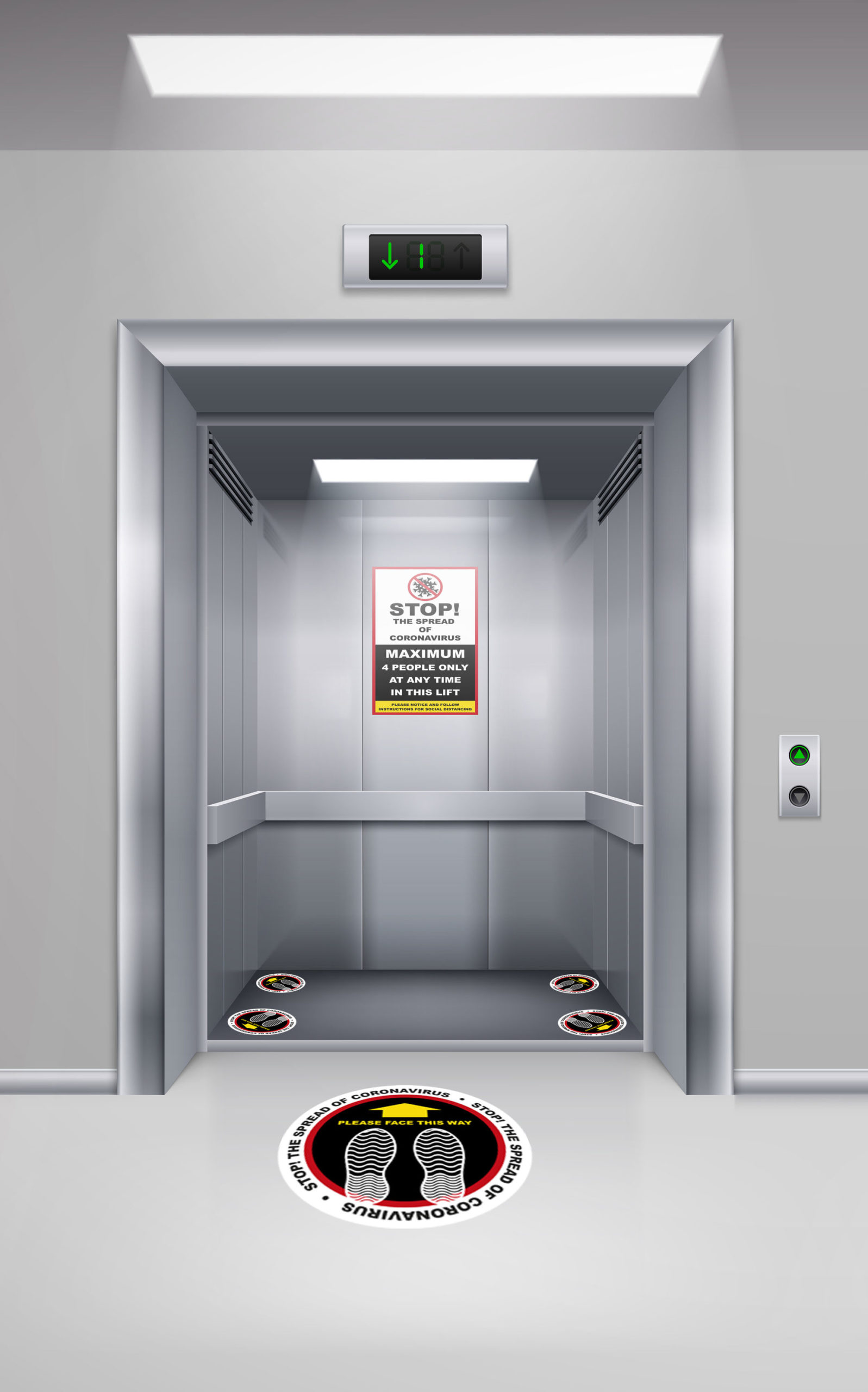Exploring the Globe of Lifts: Common Concerns Dealt With by Different Lift Systems
As we navigate via the upright transportation systems of modern-day buildings, lifts stick out as a crucial component of our every day lives. Nevertheless, behind their smooth procedure lies a globe of elaborate devices that can often encounter obstacles. From hydraulic elevators to grip systems and machine-room-less styles, each lift kind comes with its collection of common problems. Understanding these challenges is critical for guaranteeing the smooth performance of these important systems. Allow's explore the complexities that underlie the procedure of lifts and the potential problems that can develop, shedding light on the complex web of lift systems.
Hydraulic Lifts
Hydraulic elevators, frequently liked for low-rise buildings, use fluid stress to regulate the motion of the lift cars and truck (lift repair companies). This device involves a hydraulic pump pushing oil into a cylinder, creating the elevator to relocate the preferred direction. While hydraulic lifts are recognized for their quiet and smooth procedure, they do feature their own collection of usual problems
One widespread issue with hydraulic elevators is oil leak. In addition, concerns with the control system, such as defective valves or a malfunctioning pump, can cause disturbances in the elevator's activity.
Normal upkeep and timely repair work are vital to make certain the smooth performance of hydraulic elevators. By addressing these common issues proactively, building owners can decrease downtime and make certain the security and performance of their upright transport system.
Grip Elevators
When thinking about vertical transportation systems in structures, one more common type apart from hydraulic elevators is the traction elevator. Traction lifts operate making use of a system of ropes and counterweights that move the elevator car by clutching onto the hoist ropes. This mechanism permits smoother and much faster upright transport compared to hydraulic systems.
One of the common concerns faced by grip elevators is rope wear. The continuous motion of the ropes within the traction system can bring about damage gradually, possibly triggering the elevator to malfunction or end up being unsafe for usage. Routine inspections and upkeep of the ropes are necessary to make certain the lift's correct performance and safety and security.
One more problem that grip lifts might run into is related to the control system. Issues with the control system can result in issues such as erratic motion, hold-ups in reaction times, or even full shutdowns. Routine screening and maintenance of the control system are important to prevent such problems and make sure the elevator's reliability.
Machine-Room-Less (MRL) Elevators
.webp)
One of the key elements of MRL lifts is the compact gearless traction equipment that is mounted within the hoistway. This device efficiently drives the lift cars and truck without the requirement for cumbersome devices located in conventional grip elevators. Additionally, MRL elevators usually utilize a weight system to stabilize the cars and truck, further boosting their power effectiveness.
In spite of their benefits, MRL elevators may encounter obstacles associated with repair and maintenance because of the constrained space for devices setup. Ease of access for servicing parts within the shaft can be limited, requiring specialized training for service technicians. Correct maintenance schedules and routine assessments are crucial to ensure the continued smooth operation of MRL lifts.
Overloading and Weight Limit Issues
Straining and weight restriction concerns are essential problems in lift operations. Lift suppliers design lifts with particular weight capabilities to guarantee passenger safety and tools long life.
When elevators are overloaded, it places too much stress on the motor, cables, and various other elements, potentially causing malfunctions or malfunctions. If they spot excess weight, safety and security systems such as sensors and overload sensing units are in location to protect against lifts from moving. In addition, exceeding weight limits can result in increased power usage and wear and tear on the lift system.
To reduce straining problems, building supervisors ought to plainly display weight restrictions in elevators and enlighten residents on the relevance of adhering to these constraints - lift repair companies. Regular upkeep checks by qualified professionals can likewise aid guarantee that lifts are operating within risk-free weight criteria. By attending to overloading and weight limit problems proactively, structure owners can boost elevator security and performance
Electric System Failings
Exceeding weight limits in elevators can not only lead to mechanical concerns yet additionally possibly add to electrical system failures within the lift infrastructure. Electric system failings are a crucial issue in elevator operation, as they can cause unanticipated closures, breakdowns, or even security risks.
Regular upkeep and evaluations are crucial to determine and address possible next electrical concerns quickly, ensuring the risk-free and efficient operation of lift systems. By adhering look at this site to weight limitations and conducting regular electrical system checks, structure proprietors can alleviate the danger of electric failings in elevators.
Conclusion

Hydraulic elevators, often favored for low-rise buildings, make use of fluid pressure to regulate the motion of the lift cars and truck.When thinking about upright transportation systems in structures, one more common kind apart from hydraulic elevators is the grip elevator. Grip lifts run using a system of ropes and weights that move the lift vehicle by clutching onto the hoist ropes. Unlike conventional lifts that require a separate equipment space to house the tools, MRL elevators incorporate many of the components within the shaft, getting rid of the demand for a specialized machine space.In final thought, elevators encounter common problems such as hydraulic breakdowns, traction system failures, and electric system troubles.
Comments on “Top Lift Companies in London: Offering Quality Installations and Maintenance”